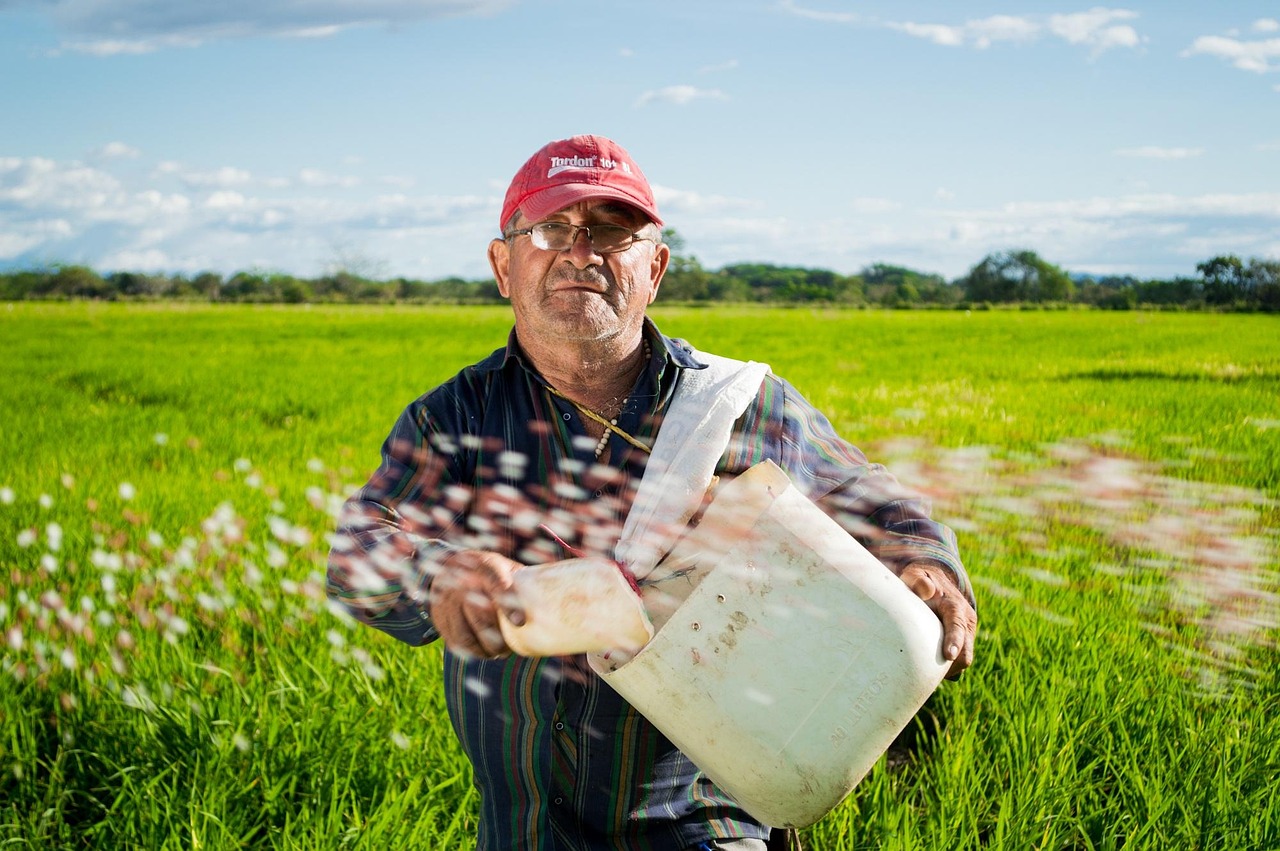
Today marks National Farm Workers Day, an annual observance dedicated to honoring the millions of individuals whose labor brings food to our tables across America. As the sun rises on farms nationwide, it’s an opportunity to recognize the critical contributions of those who work tirelessly in fields, orchards, and ranches to sustain our food systems.
A Day of Recognition
National Farm Workers Day is celebrated annually on March 31 to pay tribute to the unsung heroes on farms who comprise the hired workforce tackling the most demanding aspects of agricultural production. These essential workers perform crucial tasks such as plowing fields, operating tractors, spreading fertilizers, and maintaining crops.
From working in fields to caring for livestock, farm workers handle a multitude of demanding jobs. They work from sunrise to sunset performing manual labor to provide our families with resources we often take for granted.
Historical Context
The observance carries significant historical weight in American agricultural history. Farm laborers endured particularly harsh conditions in the colonial era, when men and women were frequently indentured servants with few rights and little hope for freedom.
After the Civil War, California emerged as an agricultural center where farm workers were often imported from Asia, and during the 1930s and World War II, the immigrant farm worker population increasingly came from Mexico.
The 1960s saw Mexican-American community organizer and civil rights activist Cesar Chavez co-found the National Farm Workers Association (later renamed the United Farm Workers), a pivotal organization that fought for the rights of migrant farm workers. Their first major victory came with the historic five-year Delano grape strike, which eventually secured higher wages for grape pickers in California.
It’s no coincidence that National Farm Workers Day coincides with Cesar Chavez’s birthday on March 31, honoring his legacy of advocacy for agricultural laborers.
Challenges Farm Workers Face Today
Despite their essential role in our food systems, farm workers continue to face numerous challenges:
Farm workers often labor in difficult conditions, crouching in fields under the glaring sun in varying weather conditions. They typically work for low wages despite the physically demanding nature of their work.
Working outside for extended periods in all types of weather conditions, along with the physical strain of bending and crouching required for harvesting, creates significant physical demands. Farm workers also face hazards from operating machinery and working around large animals.
According to the Association of Farmworker Opportunity Programs, farm work ranks among the most dangerous occupations in the United States. Agricultural workers experience the highest rates of toxic chemical injuries among all occupational groups and suffer from increased incidences of heat stress, dermatitis, and various other health conditions.
The Impact of Farm Workers
The contributions of farm workers to our economy and food security cannot be overstated:
Without the relentless hard work and commitment of farm workers, farmers would be unable to grow, maintain, and harvest crops on the scale necessary to feed our population.
There is a persistent shortage of farm workers, with more than 550,000 U.S. farmers hiring workers to fill over 3 million farming jobs. These positions are filled by approximately 2.5 million farm workers each year.
Farm workers provide food for the entire country with enough surplus to export, yet ironically often struggle with food insecurity themselves due to having among the lowest annual family incomes in the United States.
How to Observe National Farm Workers Day
There are numerous ways to honor farm workers today:
- Education and awareness: Make it a goal to learn about the struggles, challenges, and working conditions of farm workers in your area. Use social media to raise awareness by sharing information with the hashtag #NationalFarmWorkersDay.
- Support farm worker organizations: Consider contributing to organizations that support farm workers, which can make a tangible difference in their lives. These organizations promote workers’ rights and well-being by providing legal assistance, educational programs, health services, and advocacy efforts.
- Visit local farms: Take time to visit a local farm and learn about the work involved in growing the food you eat. Talk with farmers and farm workers about their experiences and express appreciation for their contributions.
- Volunteer: Find a local farm that offers volunteer opportunities and help out for a day. Activities might include picking produce, assisting with animal care, or lending a hand with various tasks.
- Mindful consumption: When purchasing food, take a moment to consider the human labor involved in bringing it from farm to table.
A Continuing Legacy
National Farm Workers Day serves as both a celebration and a reminder of work still to be done. While this single day pays homage to the unrelenting efforts of farm workers, it should also function as an annual reminder that farm labor continues to be taken for granted in many ways.
As we enjoy the bounty of agricultural production today, let’s recognize and honor the essential workers who make it possible through their dedication and hard work.
This article was created for todayisnational.com, your source for information about national observances and celebrations.